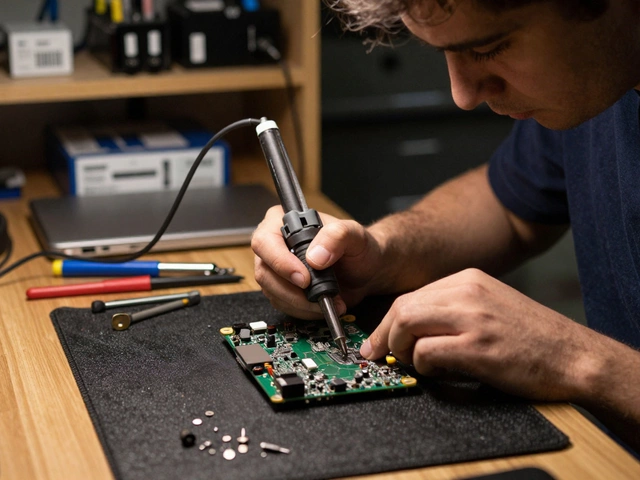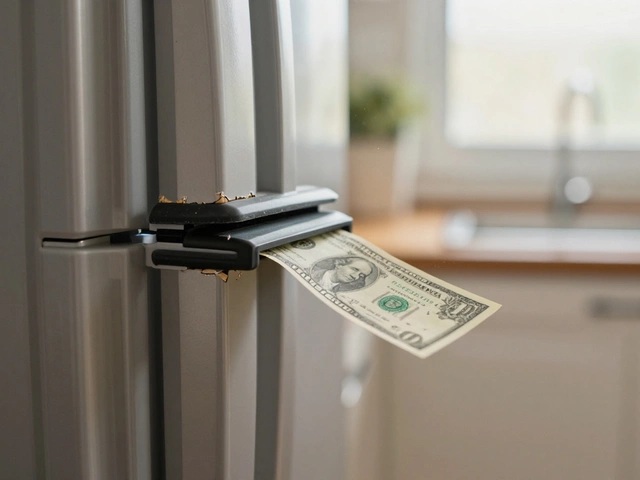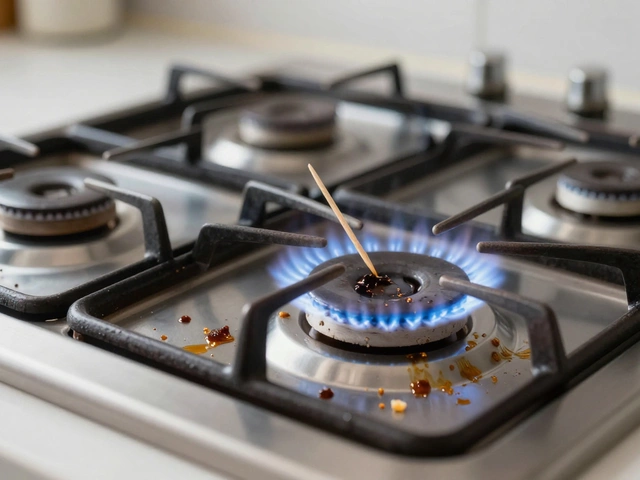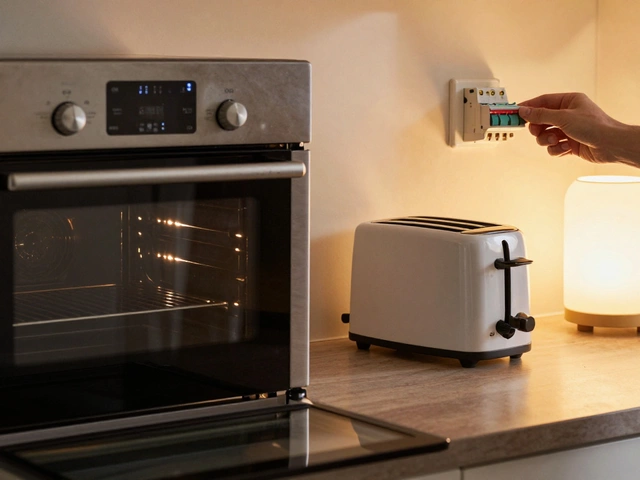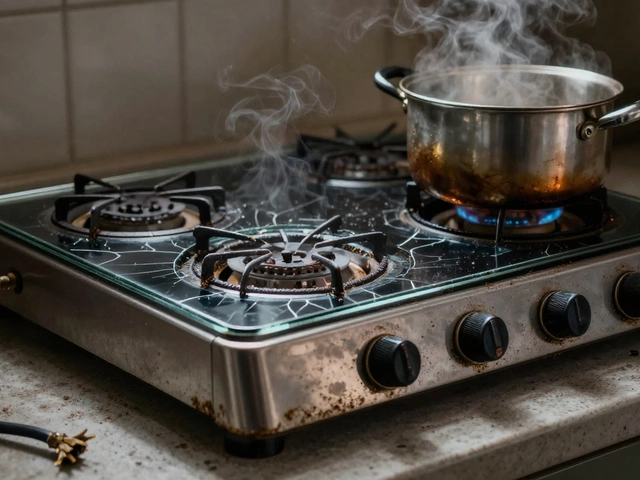Fridge Problems: What Goes Wrong and How to Fix It Fast
If your fridge is humming but not cooling, your vegetables are spoiling, or you hear strange noises, you’re probably dealing with a common fridge problem. The good news? Most issues are easy to spot and often fixable without a pricey callout. Below we break down the typical culprits, quick DIY checks, and when it’s time to let a professional take over.
Why Your Fridge Might Not Be Cooling
First thing to check is the power. It sounds basic, but a tripped circuit breaker or a loose plug can kill the cooling cycle instantly. Once power’s confirmed, look at the thermostat setting. If it’s set too high, the fridge will stay warm. Turn the dial a few degrees colder and give it an hour – you’ll see a temperature drop.
Next, examine the condenser coils. These sit on the back or beneath the fridge and collect dust over time. When they’re clogged, heat can’t escape, and the compressor works harder without cooling effectively. Use a vacuum or a coil brush to clean them every six months. It’s a simple job that often restores proper performance.
Another frequent hiccup is a faulty door seal. A torn or warped gasket lets cold air escape, forcing the unit to run nonstop. Close the door on a piece of paper; if it slides out easily, the seal is compromised. Replacing a gasket is cheap and a quick DIY fix.Lastly, check the evaporator fan inside the freezer compartment. When this fan stops, cold air can’t circulate, leaving the fridge warm while the freezer may still freeze. Listen for a whirring sound when the door opens. If it’s silent, the fan motor may need cleaning or replacement.
Quick DIY Fixes You Can Try Today
1. Reset the fridge. Unplug the unit for two minutes, then plug it back in. This resets the control board and can clear minor glitches.
2. Defrost the freezer. Ice buildup can block air flow. If you see thick frost, turn the fridge off, let it melt, and wipe dry before restarting.
3. Clean the drain hole. Most fridges have a small drain at the back of the freezer that can clog with food particles. Use a pipe cleaner or a bit of warm water with a bit of baking soda to clear it.
4. Level the fridge. An uneven fridge makes the door swing open slightly, causing cold air loss. Use a spirit level and adjust the feet until it sits flat.
If after these steps the fridge still isn’t cooling, the problem could be a sealed system issue like low refrigerant or a compressor failure. Those require a certified technician – the kind we have at Weymouth Appliance Repair Services.
Our team has put together a few detailed guides that dig deeper into specific issues:
- "How to Repair a Refrigerator Not Cooling: Easy DIY Fixes and Pro Tips" – a step‑by‑step walkthrough for the most common cooling failures.
- "Fridge Repair: What Is the Most Common Refrigerator Fix?" – highlights the top culprit we see in the field and how to spot it early.
- "Fridge Repair: What Is the Most Common Refrigerator Fix?" – practical advice on when DIY stops and a pro should step in.
Remember, safety first. Always disconnect power before opening panels, and if you’re unsure about handling refrigerant or electrical components, give us a call. We’ll diagnose the issue, explain what needs fixing, and provide a clear, affordable quote.
Keeping your fridge healthy is all about regular maintenance: clean the coils, check seals, and watch for odd noises. With a little attention, you can avoid costly breakdowns and keep food fresh all year round.
Got a fridge that's acting up? Contact Weymouth Appliance Repair Services today – we’re quick, reliable, and ready to get your kitchen back on track.
Most Expensive Refrigerator Repairs: What Breaks the Bank?
- Alden Wilder
- Jun 19 2025
- 0 Comments
Facing fridge problems can be tough on your wallet, but some repairs hurt more than others. This article unpacks the most expensive thing to fix on a refrigerator and the reasons behind those steep costs. You'll learn how critical components work, what signs point to a big repair bill, and whether it's worth fixing or just replacing the whole fridge. Real tips help you spot trouble early and maybe save yourself from a wallet-busting headache.
View More
